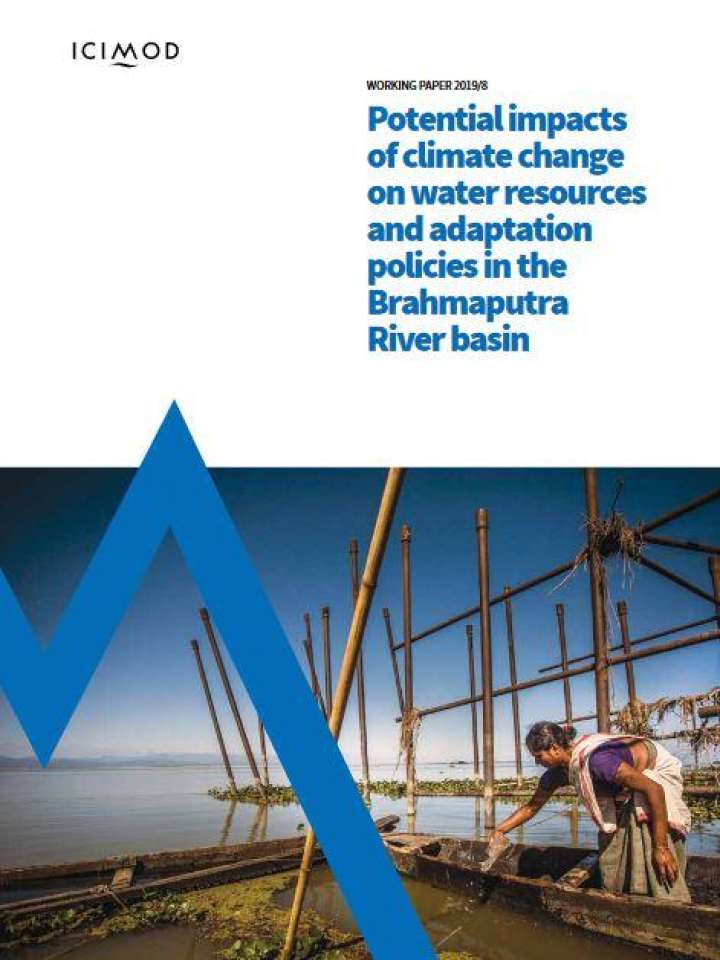Potential impacts of climate change on water resources and adaptation policies in the Brahmaputra River basin
The Brahmaputra River basin is extremely important for over 600 million people, who depend on it for irrigation, domestic use, fisheries, tourism, transportation, and hydropower. Understanding the changes taking place in relation to temperature, precipitation, and the flow regime is important for ecosystems, food security, and livelihoods. This working paper provides an introduction to the water challenges facing the Brahmaputra river basin in a climate change context. The paper offers a series of suggested actions for potentially complementing existing climate change adaptation initiatives and programmes around key climatic impacts, including rises in temperature, changes in rainfall patterns including extreme rainfall events, impacts on forests, and glacial lake outburst floods.
The key message of this paper is that there is a critical need to balance water output with environmental protection, social equity, and sustainable economic development in the context of the projected climate future. With expected population increases and changing consumption patterns, the demand for water from the Brahmaputra is likely to rise and test the region’s political, social, and economic stability. This changing situation warrants the implementation of sustainable climate actions. The authors conclude that emphasis must be put on generating and sharing knowledge to close the science-policy‒practice gap, promote evidence-based decision making, strengthen institutions, and integrate investments in the Brahmaputra River basin.
Explore further

